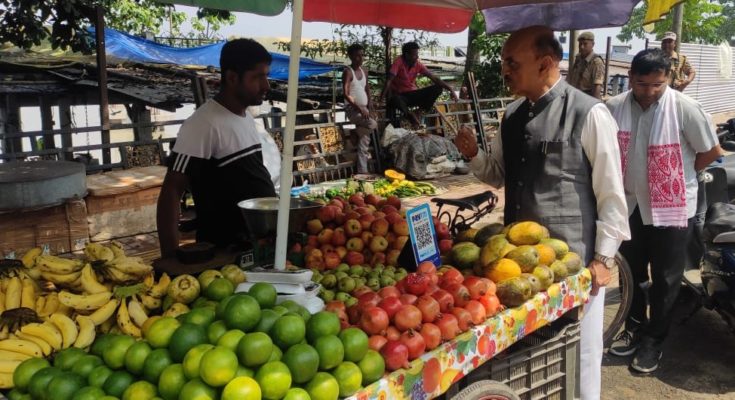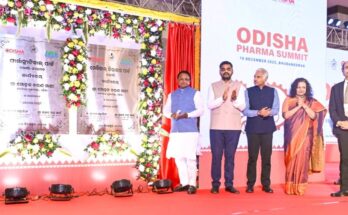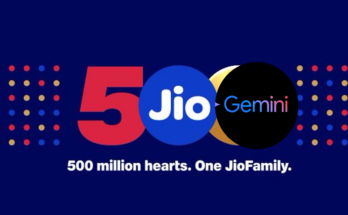PM SVANidhi Scheme: The Prime Minister Street Vendor’s AtmaNirbhar Nidhi (PM SVANidhi) scheme, an initiative under the aegis of the Ministry of Housing and Urban Affairs (MoHUA), has achieved a momentous milestone by extending its support to more than 50 lakh street vendors across the nation. Street vendors have long played an integral role in the urban informal economy, providing essential goods and services to urban residents. The PM SVANidhi scheme has been instrumental in bringing them into the formal economic fold, presenting fresh avenues for upward mobility.
Prime Minister Shri Narendra Modi’s vision to broaden the scheme’s reach has prompted concerted efforts towards its expansion. Beginning on July 1, 2023, a campaign was launched by the Ministry of Housing and Urban Affairs (MoHUA), revising the targets to be achieved under the Scheme. Several high level review and monitoring was undertaken during this period, including inter alia, review of Public sector banks by Finance Minister, Zonal State Reviews across the country in different locations Dr. Bhagwat Kishanrao Karad, Minister of State for Financial, as well as State/UT review meetings by Shri Manoj Joshi, Secretary MoHUA and Shri Vivek Joshi, Secretary, DFS.
This collective endeavor resulted in disbursement of a remarkable 65.75 lakh loans, benefiting over 50 lakh street vendors, with a total value exceeding ₹ 8600 crore. It is noteworthy that public sector banks have played a pivotal role in achieving this significant milestone through their support of the first-ever micro-credit scheme designed for urban poor socio- economic section. PM SVANidhi is a pioneering initiative by the Government of India aimed at integrating street vendors into the formal economic system and facilitating access to formal channels of credit.
States have wholeheartedly embraced the scheme, with the recent campaign yielding impressive results. Over the past three months, states have successfully onboarded more than 12 lakh new vendors, the highest ever, with many more in the process of enrollment. The Ministry has allocated targets to all states and union territories for the identification of beneficiaries and loan disbursement.
States, in turn, have assigned targets to their respective cities, with the aim of achieving them by December 31, 2023. Currently, Madhya Pradesh, Assam, and Gujarat are among the top-performing states, while Ahmedabad, Lucknow, Kanpur, Indore, and Mumbai are the leading cities in the program’s implementation. However, all states are actively participating in the scheme to provide tangible benefits to street vendors.
Beyond facilitating micro-credits, the PM SVANidhi scheme empowers street vendors through digital payments. Promoting digital transactions, participating Lending Institutions/Banks, and Digital Payment Aggregators (DPAs) have offered digital onboarding and training. These collaborations have resulted in over 113.2 Crore digital transactions worth ₹1,33,003 Crores, with ₹58.2 Crore in cashback disbursed to beneficiaries.
The scheme’s impact extends beyond providing micro-credits; it has also laid the groundwork for creating a safety net of welfare schemes for vendors’ families. The “SVANidhi se Samriddhi” initiative, launched on January 4, 2021, aims to connect beneficiaries\’ families to eight Government of India socio-economic welfare schemes, promoting holistic development. To date, over 51 lakh sanctions under these schemes have been granted for the upliftment of beneficiary street vendors’ families.
The accomplishment of financially empowering 50 lakh street vendors marks a promising future for India’s informal economy. The Ministry of Housing and Urban Affairs remains steadfast in its commitment to providing financial stability, recognition, and growth opportunities to this crucial segment of the Indian economy.
“The PM SVANidhi Scheme has exceeded our expectations by reaching over 50 lakh beneficiaries in just over three years. This achievement underscores our commitment to empowering street vendors and integrating them into formal financial systems.”




